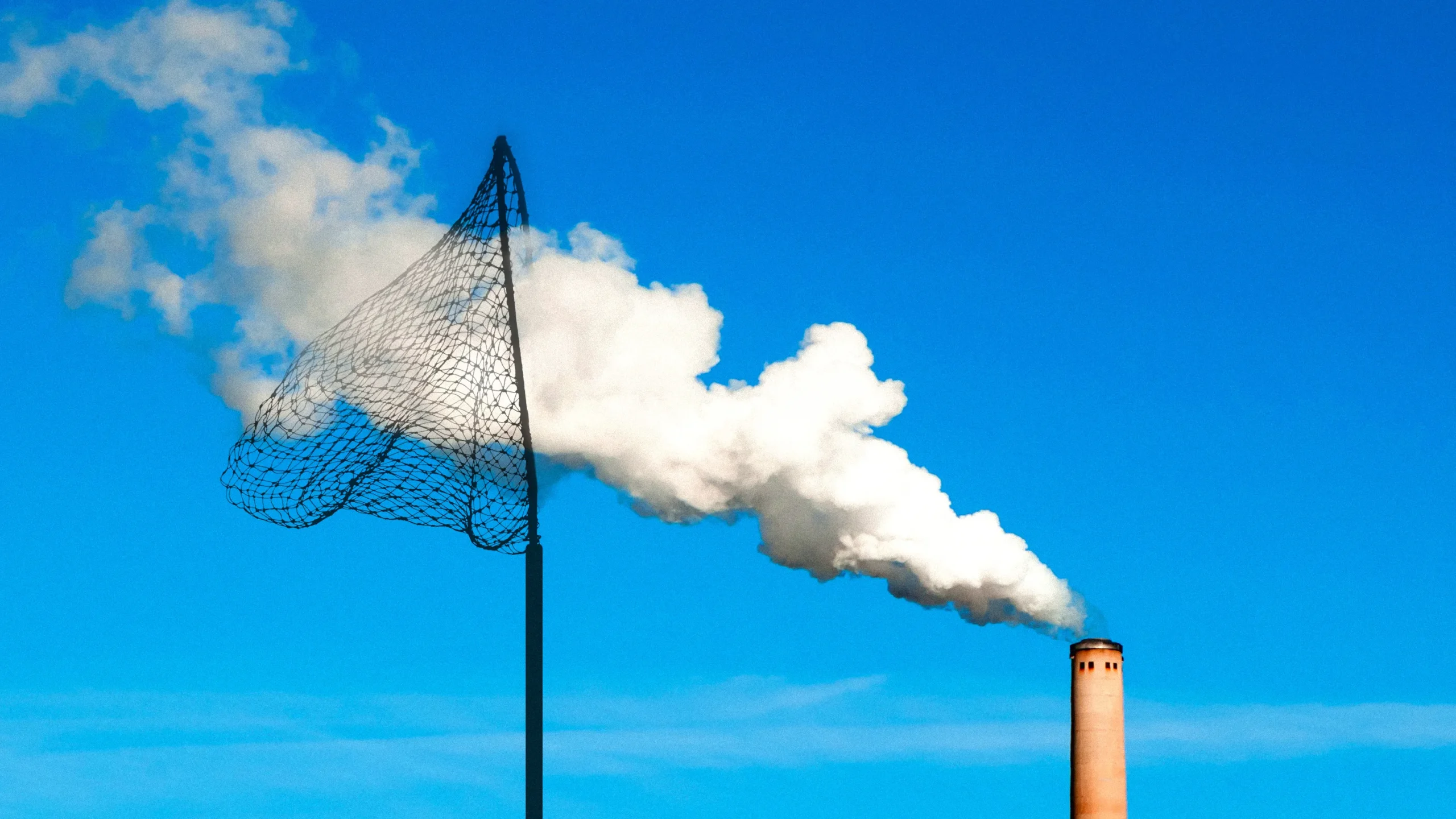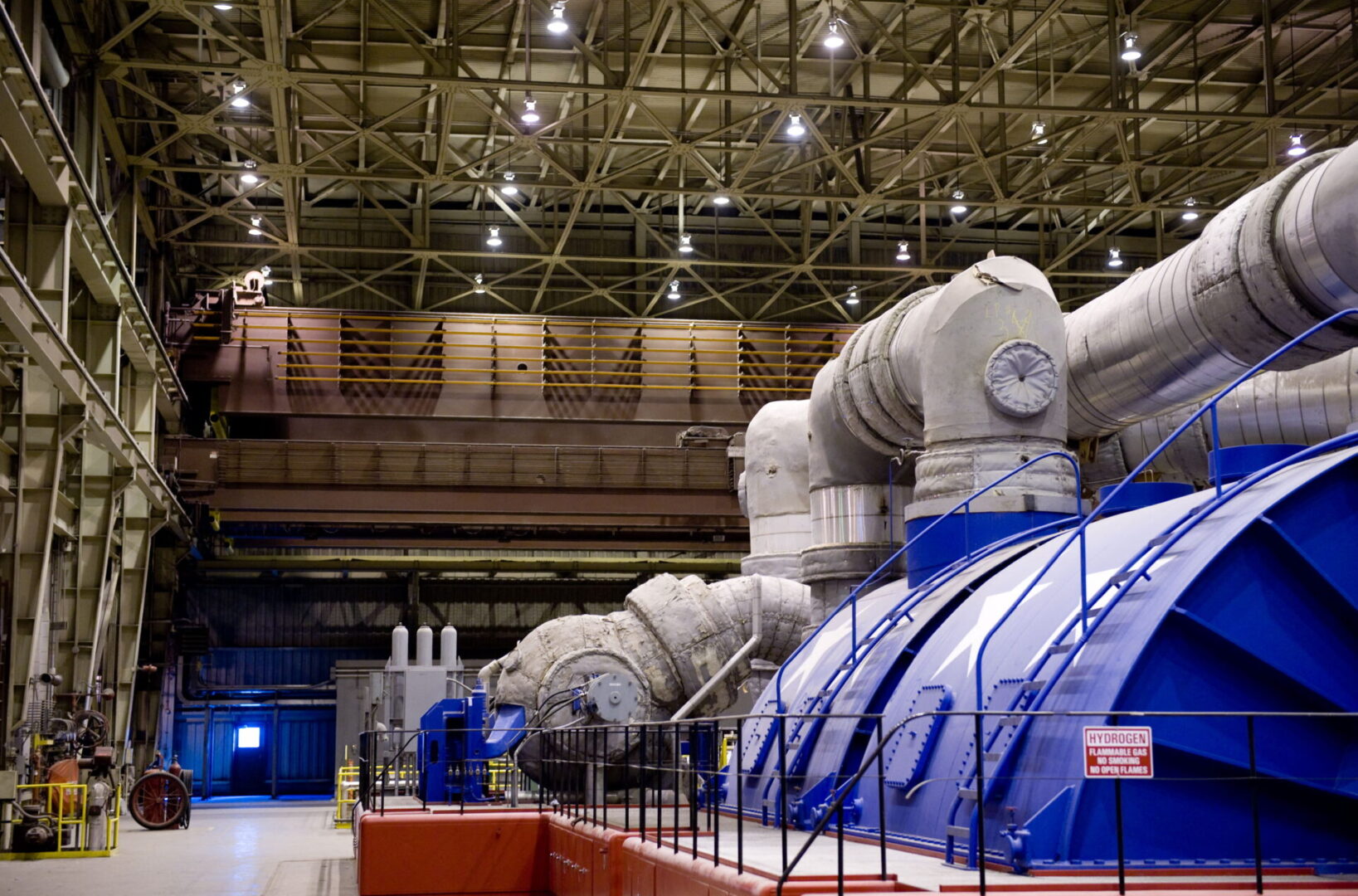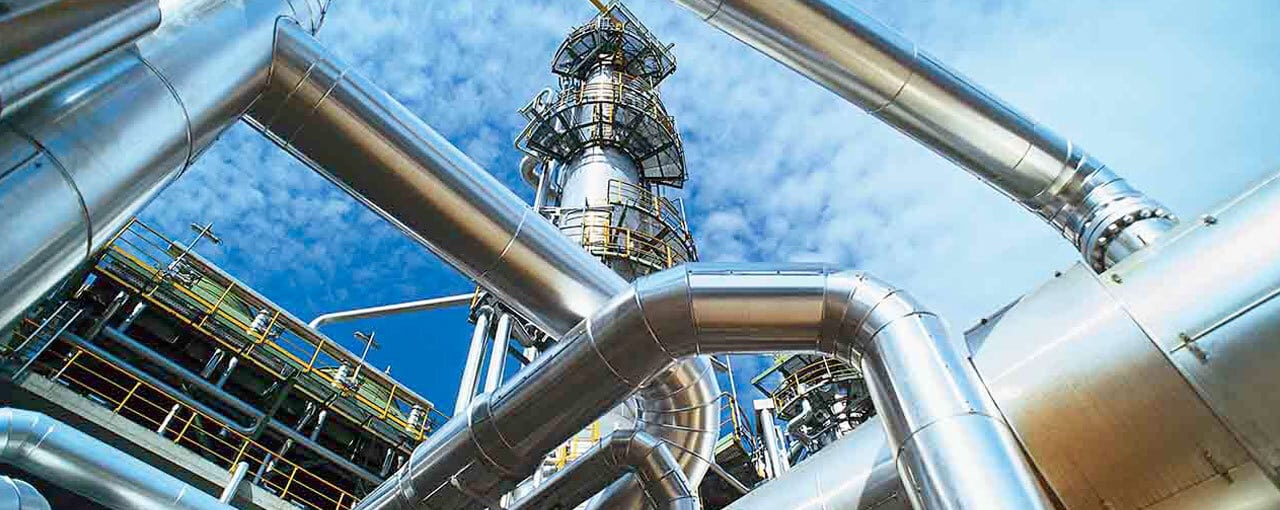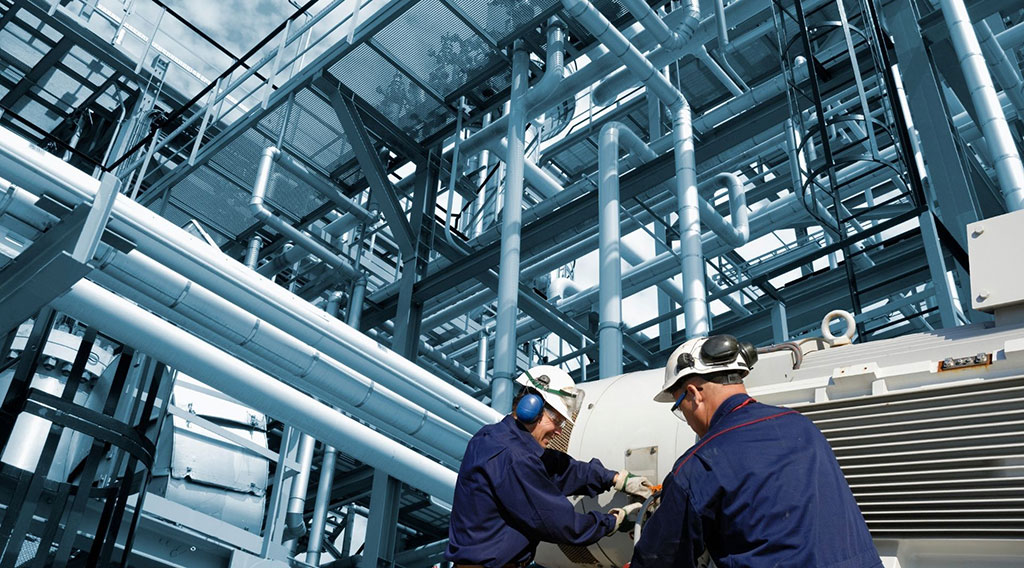“Data-Driven Insights into Canada’s Carbon Capture Performance”
Carbon capture, utilization, and storage (CCUS) technologies have gained significant attention globally as a means to reduce carbon dioxide emissions and combat climate change. In Canada, where the energy and industrial sectors are major contributors to greenhouse gas emissions, understanding the performance of carbon capture facilities is crucial for effective policy-making and sustainable development. This article aims to provide data-driven insights into Canada’s carbon capture performance, analyzing the current status, key influencing factors, and challenges faced by the industry.
Overview of Carbon Capture Technologies ===
Carbon capture technologies involve capturing carbon dioxide (CO2) emissions from industrial processes, such as power generation and oil production, and either storing it underground or utilizing it for various purposes. The most common methods include post-combustion capture, pre-combustion capture, and oxy-fuel combustion. Post-combustion capture is the most mature and widely deployed technology, involving the removal of CO2 from flue gases after the fuel has been burned. Pre-combustion capture involves capturing CO2 before the fuel is burned, while oxy-fuel combustion burns fuel in pure oxygen, producing a stream of concentrated CO2.
Data Collection and Analysis Methods ===
To gain insights into Canada’s carbon capture performance, extensive data collection and analysis methods are employed. This includes gathering information on the capacity, efficiency, and overall performance of carbon capture facilities across the country. Data is collected from various sources, such as industry reports, government publications, and academic research. Advanced analytics tools are then used to analyze the collected data, identifying trends, patterns, and key performance indicators. These methods allow for a comprehensive understanding of the current state of carbon capture in Canada and enable informed decision-making for future improvements.
Current Status of Carbon Capture in Canada ===
Canada has made significant progress in carbon capture technology, with several large-scale projects currently in operation. The country’s flagship carbon capture facility is the Boundary Dam Power Station in Saskatchewan, which has successfully captured and stored millions of metric tons of CO2 since its launch in 2014. Other notable projects include the Quest project in Alberta and the Weyburn-Midale CO2 Storage Project in Saskatchewan. These initiatives demonstrate Canada’s commitment to reducing carbon emissions and highlight the potential of carbon capture technologies in achieving climate goals.
Key Factors Influencing Carbon Capture Performance ===
Various factors influence the performance of carbon capture facilities in Canada. The type and quality of the feedstock, the capture technology employed, and the efficiency of the storage or utilization methods all play crucial roles. Additionally, economic factors, such as the cost of carbon capture and the availability of subsidies, impact the viability of these projects. Furthermore, policy and regulatory frameworks, public acceptance, and technological advancements also influence carbon capture performance. Understanding and addressing these factors are essential for improving the efficiency and effectiveness of carbon capture technologies in Canada.
Harnessing Insights for a Sustainable Future ===
Data-driven insights into Canada’s carbon capture performance provide valuable knowledge for policymakers, industry stakeholders, and researchers. Analyzing the current status, identifying key influencing factors, and comparing different projects allow for informed decision-making and the identification of opportunities for improvement. As Canada strives towards a sustainable future with reduced carbon emissions, harnessing these insights will play a vital role in optimizing carbon capture technologies, developing supportive policies, and driving the transition to a low-carbon economy. With continued research and collaboration, Canada can lead the way in carbon capture innovation and contribute significantly to global climate change mitigation efforts.










